
Welcome to 1600 Pennsylvania Avenue, home to 45 American Presidents and their families. Built on a massive landscape of 18 acres of land, enclosed with fencing, this stunning marvel of historical architecture spans up to 70 feet in height and 85 feet in width.
Within its walls are 132 rooms, which include 3 separate massive kitchens, 35 bathrooms, and 16 guest rooms. One of the central features of every trip to Washington DC, the White House is ingrained with incredible stories from the illustrious history of the United States. We’ve picked out some of our favorite tidbits for you that you might not be familiar with!
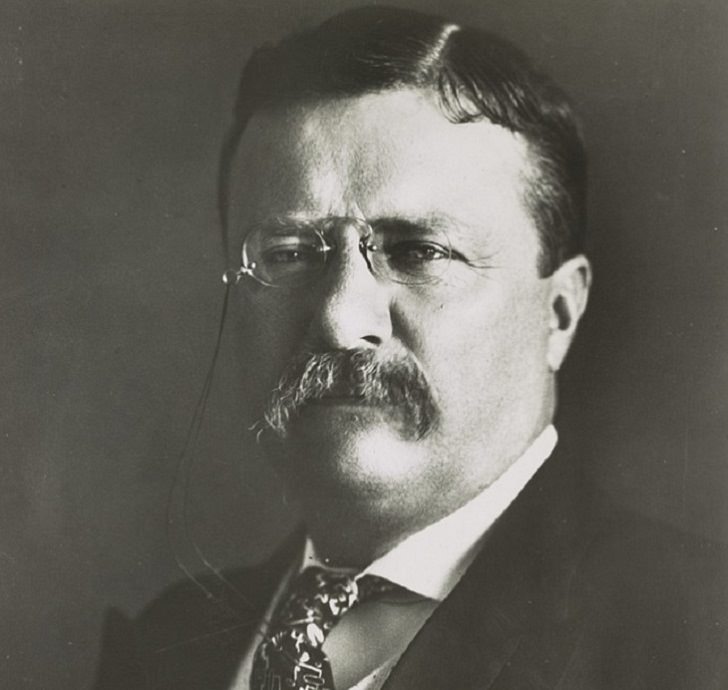
Even though the White House was built over 200 years ago, it got its name only in 1901, less than 120 years ago. Before this, it was usually referred to as the Presidential Mansion or Palace, or just simply the “President’s House”. Until Teddy Roosevelt, the 26th President of the United States, took office, the building was still referred to as the “Executive Mansion”.
President Roosevelt made the decision to refer to the address as “The White House - Washington” in all desginated paperwork and letterheads, though the nickname itself had been used as early as the start of the 19th century.
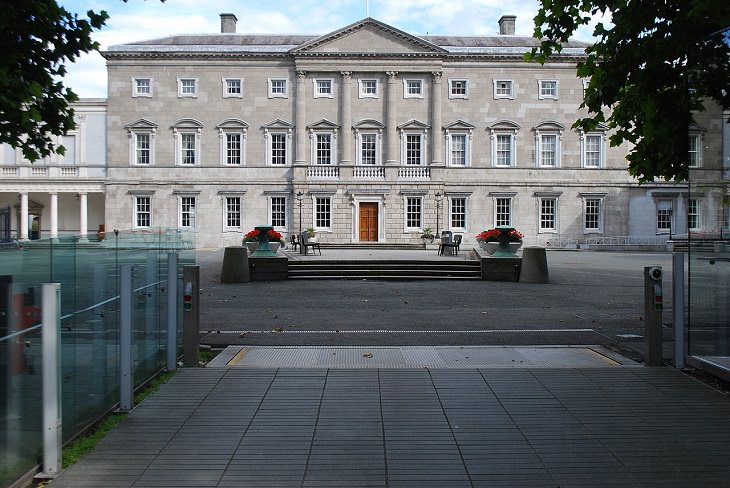
(By Jean Housen, Wikimedia Commons)
The final architect of the White House was decided via a contest, the winner of which was an immigrant from Ireland, who was highly influenced by the infrastructure of Ireland. The Leinster House (as seen in the picture) which is located in Kildare, Dublin, bears a remarkable resemblance the White House, including the triangular pediment which is supported by the four pillars, Dentil crown moldings and mirroring chimneys.
There are also myths surrounding the striking likeness of the Chateau de Rastignac, which lies in Perigord Noir, France, to the White House, due to Thomas Jefferson’s fondness for France, having spent a significant amount of time there prior to taking office.
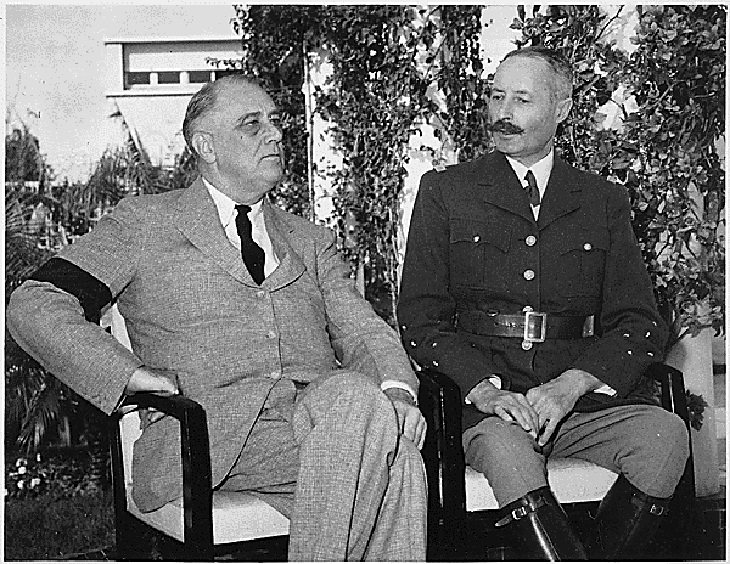
(Franklin D Roosevelt (left), Wikimedia Commons)
At the time when the Presidential Palace was first built and designed, there was minimal planning for alternative possibilities. So when Franklin D. Roosevelt was inducted into office, the layout of the White House wasn’t designed to accommodate his requirements.
Looking to the future, the 32nd President of America made numerous modifications to the building, including adding air conditioning units, remodeling the kitchens to their current gargantuan hotel-like sizes, and last but not least, an indoor therapy pool with modernized mechanisms for steralization and water circulation.
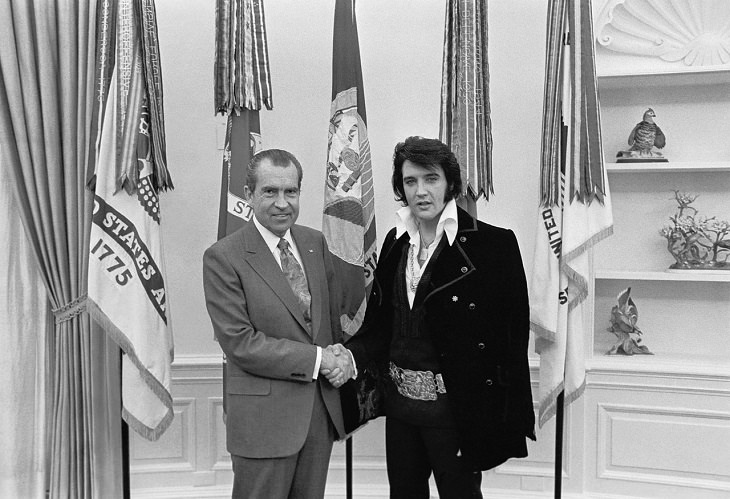
According to ‘Before The Fall: An Inside View Of The Pre-Watergate White House’, Richard Nixon made multiple pretty big changes to the layout of the White House, more specifically many of its amenities.
While Theodore Roosevelt was the first President to bring to life the concept of a press room inside the magnificent building itself, bringing reporters in out of the nasty weather, it was Nixon who was the brain behind the White House Press Room that is still used today. A swanky Press Briefing Room was finally built where FDR’s therapy pool had previously stood.
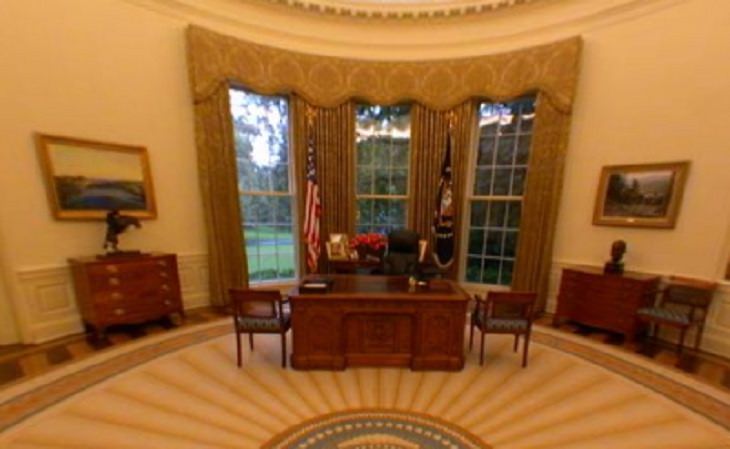
(Wikimedia Commons)
The West Wing was an external building to the White House originally built, used and named by Teddy Roosevelt, who had become increasingly frustrated with the growing crowd in the Executive Mansion. It was also believed that he suffered from some form of arthritis and wanted all the work-related endeavors to be kept in a singular section that was easy to access.
The West Wing now houses the President’s Oval Office, most of the Presidential Staff and Liaisons, numerous meeting halls and even a dining hall entitled The White House Mess. It also has a meeting room in it called the Roosevelt Room, named after both Presidents bearing that name, created in 1934.
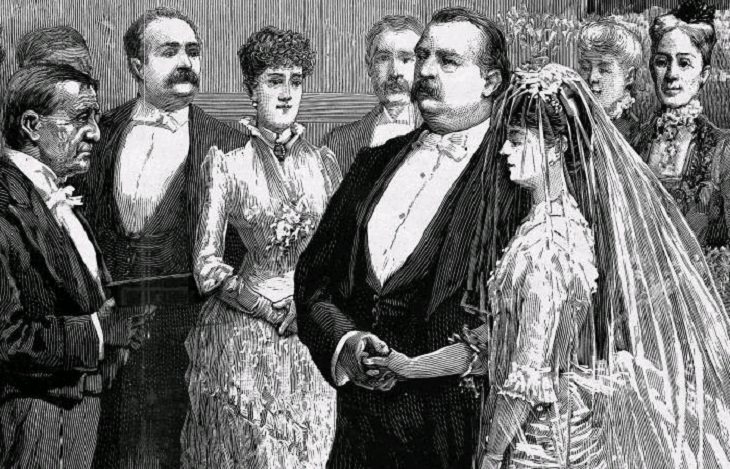
(By Thure de Thulstrup, Wikimedia Commons)
The White House isn’t just where the President lives and works. Its also the World’s most politically entwined (not to mention absolutely gorgeous) Wedding Hall.
Maria Monroe, daughter of 5th American President James Monroe, was the first to use the Presidential Mansion to step into married life, in 1820. 8 years later, the youngest son of the 2nd President John Adams also had his wedding there.
In 1906, the eldest daughter of Teddy Roosevelt also made use of the massive space the White House had to offer for her nuptial festivities. In fact, Grover Cleveland was the only President to get married in the White House, in 1886, to his 21 year old bride.
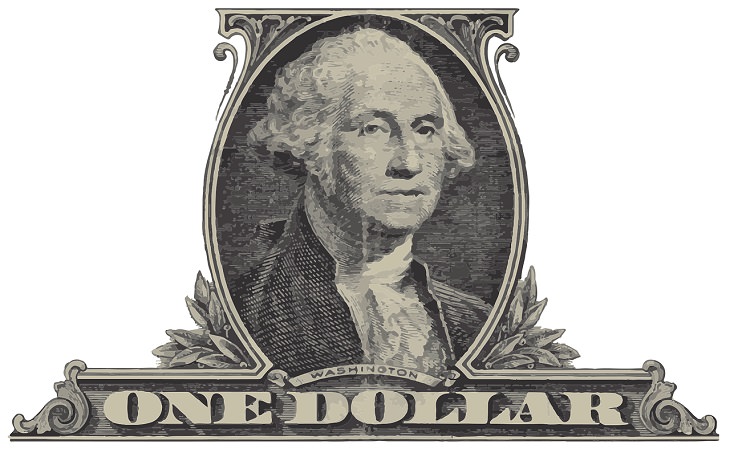
Despite being the main show-runner behind building the White House which would one day come to stand as a symbol of the Nation's capital and presidents, the first resident of the White House was the 2nd President John Adams.
George Washington took his oath on the balcony of Federal Hall and resided in his home in Mount Vernon, Virginia for most of his presidency, never getting to enjoy the fruits of his labor.
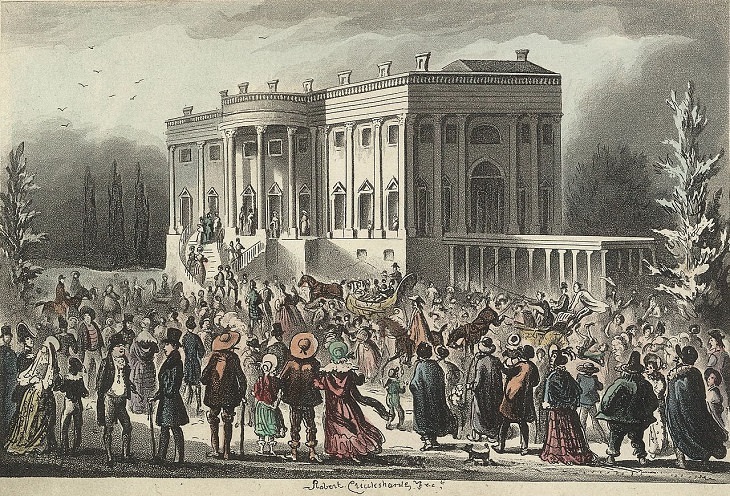
(By Robert Cruickshank as an illustration in the The Playfair papers, Wikimedia Commons)
The White House was at one point open to the public, until one day when the opportunity was granted to the people to meet the newest and 7th President of the United States.
During his inauguration day in 1829, the White House was made completely open to the citizens so President Andrew Jackson could greet the visitors, but the White House was swarmed by the countless hoards of excited residents.
The President finally had to be hidden in a nearby hotel, while the staff settled the crowd until they dispersed. My guess is that's when they supremely upped the security measures.
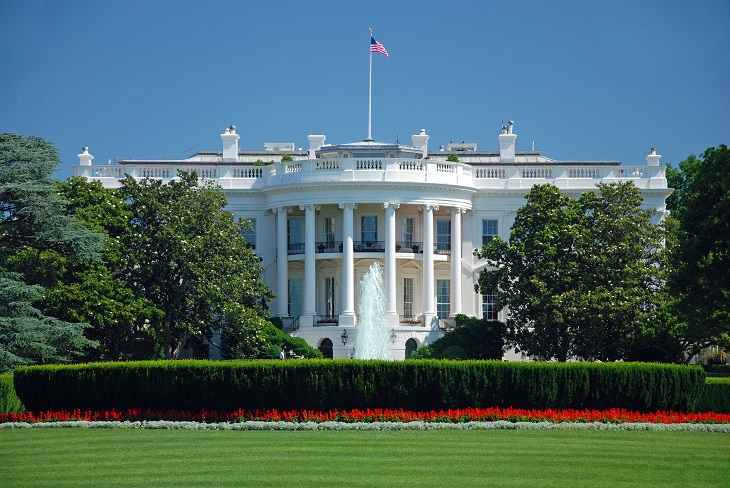
When the original building plan, by French architect Pierre L’Enfant, fell through for the White House design, President George Washington, the original brain behind the White House, decided the best way to pick a new architect for the project was through a good old fashioned contest.
An Irish immigrant, named James Hoban was the winner, selected by President George Washington himself, which is why the design for the White House resembles many famous old Irish buildings, as the architect was heavily influenced by the architecture of his homeland.

The White House has been set on fire not once, but twice.
The first time was during the war of 1812, as retaliation for an attack on the then British run city of York in Canada, British soldiers set fire to the White House. The President at the time, James Madison and his wife, managed to make it to safety, though the building itself needed major reconstruction.
In 1929, the White House was again set ablaze, this time due to an electrical fire. However, President Herbert Hoover only had to make minor renovations to get the Presidential Palace back to it's fine form.
Related Articles:
10 Decisions That Changed World History
9 Famous Moments in History that Never Happened